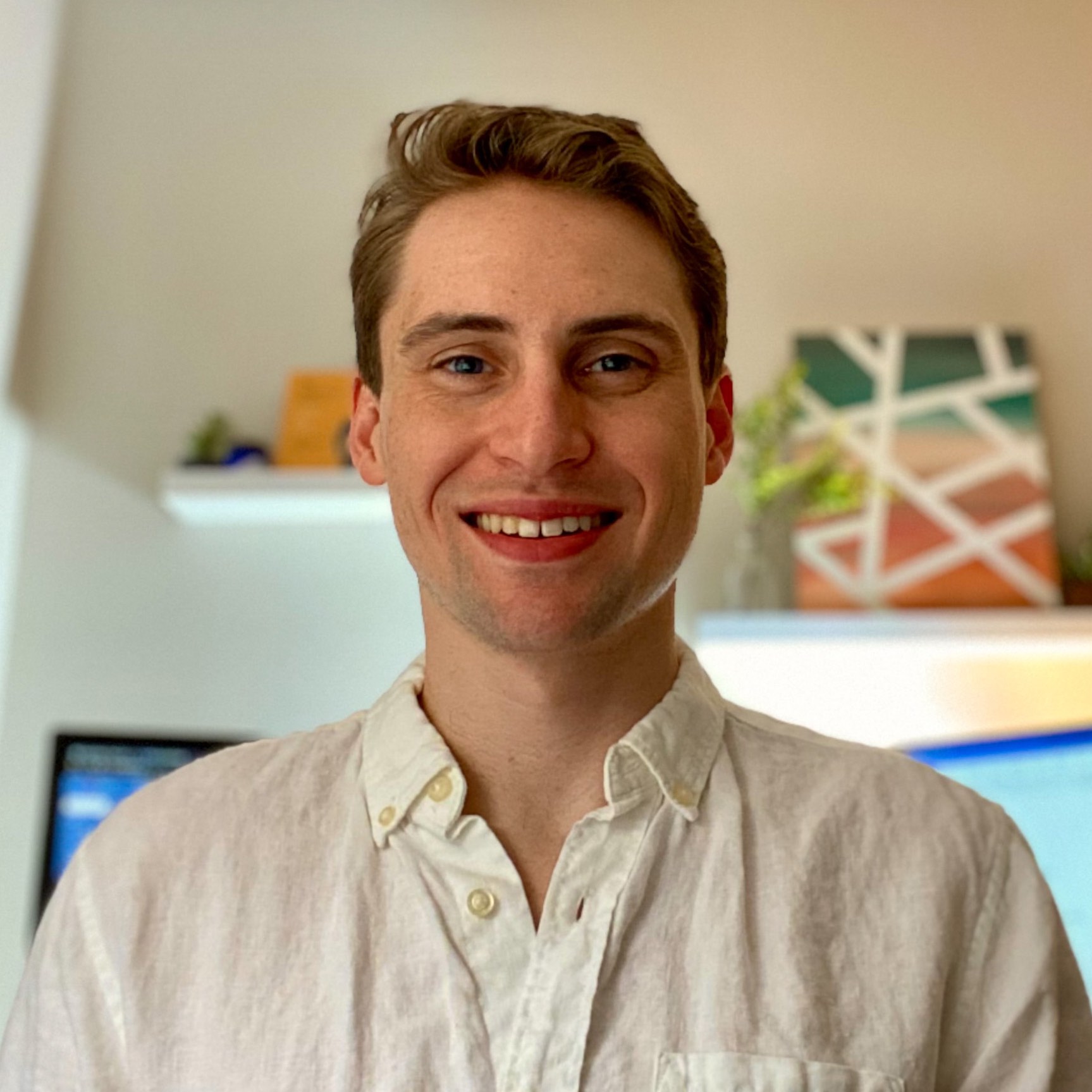Cody Scarborough wins Exceptional Student Contributions Award at Metamaterials 2020
PhD student Cody Scarborough was recognized for his work advancing the understanding and study of electromagnetic waves.

 Enlarge
Enlarge
PhD student Cody Scarborough was awarded the Exceptional Student Contributions Award by the 14th International Congress on Artificial Materials for Novel Wave Phenomena –Metamaterials 2020. The award was sponsored by the Royal Society of Chemistry and recognizes Scarborough’s significant contribution to metamaterials research.
Metamaterials consist of subwavelength patterned cells designed to attain electromagnetic properties which do not arise in nature. Their properties can be varied as a function of space and – more recently – time, to manipulate waves propagating through the structure. This could lead to breakthroughs in areas such as next-generation wireless communication, commercial and military radar systems, imaging, antenna systems, and more.
The most common form of space-time modulation is known as traveling-wave modulation. In these cases, the time-variation of the metamaterial cells is staggered.Scarborough focuses on developing methods to rapidly model and simulate traveling-wave modulation. He explains:
Suppose we have a lazy river that forms a circle. Somewhere, a person is casually floating on the river. Several research groups within electromagnetics have been considering what happens to the person when we introduce a wave into the river. Once we have a wave, we can impart momentum and/or energy to the person (now an unwitting surfer). This process is akin to amplification and frequency conversion within electromagnetics.
However, in practice, traveling-wave modulation is achieved through staggered time-modulation of discrete cells. Rather than a surfer riding an aquatic wave, let’s consider a crowd surfer riding a human wave in a stadium, like the Big House. To produce the wave, the time-variation of our humanoid cells is staggered (willing participants wait patiently for their neighbor to stand just before their turn). Prior to our work, simulating a structure like this would require the entire stadium to be modeled simultaneously. However, we have developed a method capable of solving the problem simply by modeling a single participant in our human wave. Within the context of electromagnetics, this dramatically reduces the computational cost of analyzing traveling-wave modulation.
Scarborough and his team of fellow researchers are now looking to apply their theory to traveling-wave modulation along two dimensions.
Scarborough is advised by Prof. Anthony Grbic, and together they’re working on a $7.5M Multidisciplinary University Research Initiative (MURI) to develop time-varying metamaterials.
“Tony is such a personable mentor, and he’s helped me out in all aspects of my life,” Scarborough says. “He is one hundred percent the reason I came to Michigan.”
Prior to joining the University of Michigan, Scarborough earned a B.S. in Electrical and Computer Engineering from the University of Texas at Austin.
 MENU
MENU 
